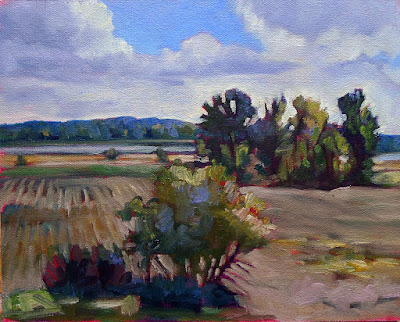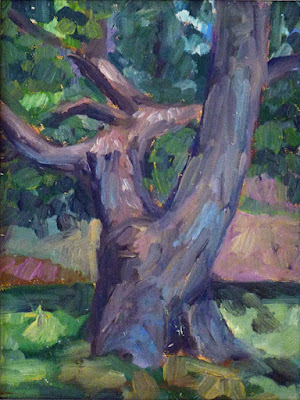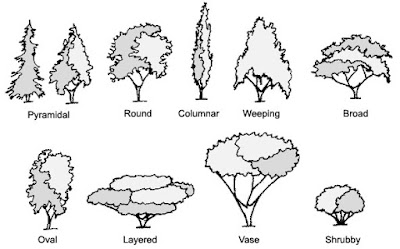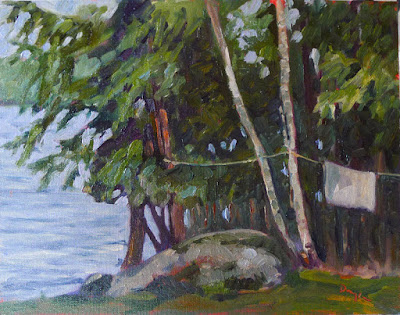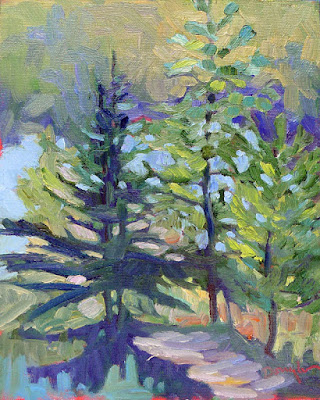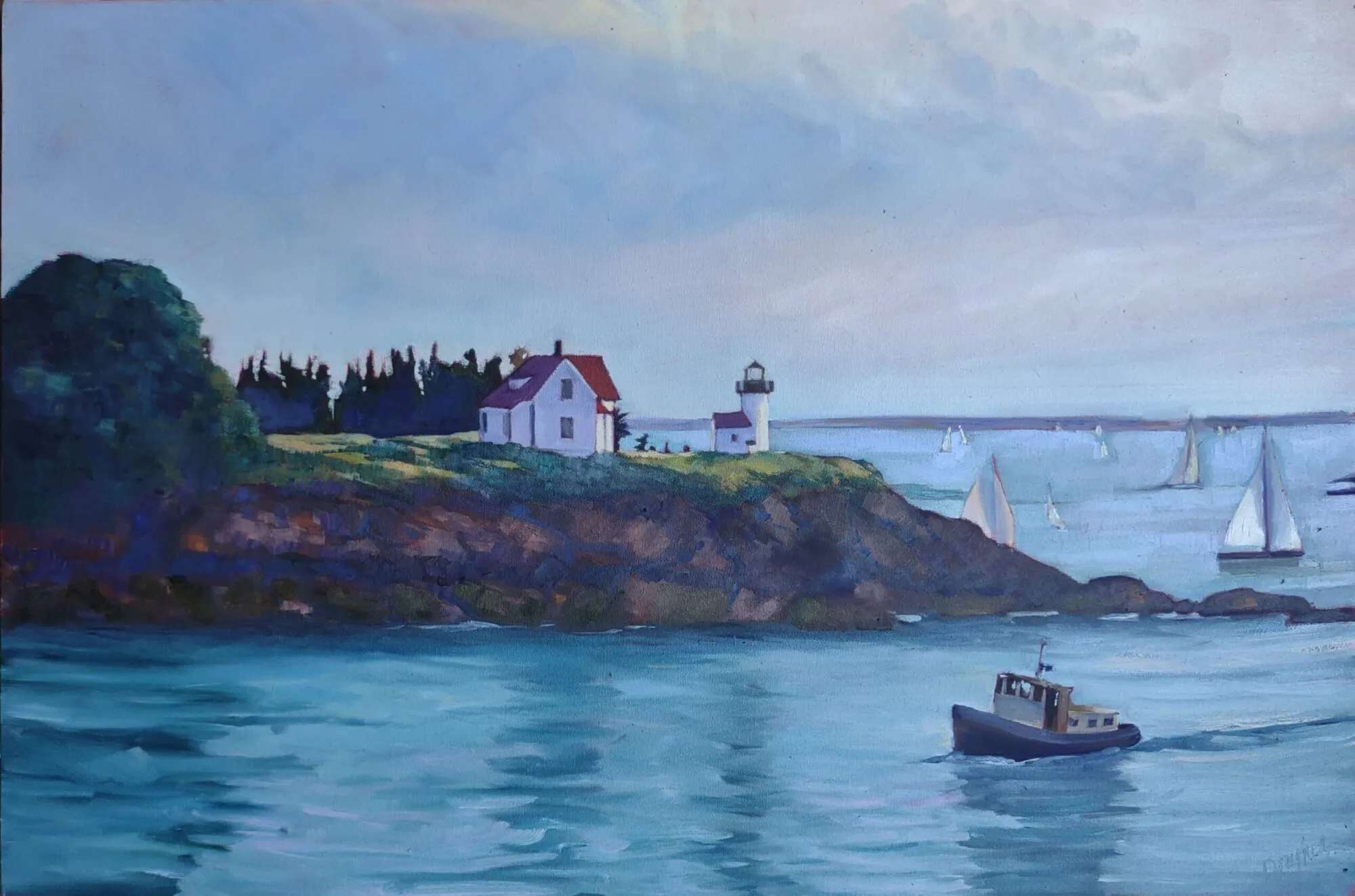I rapidly gained a hundred pounds after my first cancer in 1999. It’s taken me this long to get serious about getting rid of it. As I reach my halfway goal, I realize that much of the discipline of losing weight is the same as the discipline of learning to paint and draw.
 |
| Peppers, by Carol L. Douglas |
Being self-taught has its limits
After each of my pregnancies, I used Weight Watchers and exercise and bounced back. That didn’t work with my post-cancer weight. I tried many diets without success. The only solution the medical establishment offered was bariatric surgery. I’d seen too many mixed results to consider it.
I switched PCPs, and my new nurse-practitioner had a different idea. “Try this,” he said, and handed me a book. I’d have dismissed the plan as unsound had it not come from a medical professional.
When I first took classes at the Art Students League,
Cornelia Foss looked at my work and said, “If it were 1950, I’d say ‘brava,’ but it’s not.” I’d still be painting derivatively today if it weren’t for her. Sometimes, a trained guide is necessary.
 |
| Dish of butter, by Carol L. Douglas |
It takes longer than you ever believed possible
My weight loss seemed fast in the beginning. Now, it’s much slower, but it is still there. The same thing happens when you start to paint. Many people quit dieting when it gets tough, and they quit painting then, too. The secret of success is to maintain your discipline through these parched times, because that’s when you’re making real improvement. If it’s going to be meaningful, change is incremental.
Weight Watchers works for millions of people because it registers these incremental changes and encourages you through them. Painting teachers do the same thing. However, if you quit, you’ll make no progress at all. I started this diet in February; I thought I’d be down a hundred pounds now. I’m not, but I wouldn’t have lost a single pound had I not done it. While I didn’t meet my self-imposed goal, the last nine months have not been wasted in self-recrimination, either.
 |
| Home made wine, by Carol L. Douglas |
Chaos is not helpful
I realized that my travel schedule had stalled my weight loss, despite my faithfulness to the plan. Then I started to look at my painting in the same light. All these road miles were not helping my painting, either. There’s tremendous value in travel, both as a painter and a person, but months on the road are corrosive. Most improvement is going to happen in your own studio.
 |
| Acrylic paints, by Carol L. Douglas |
The method isn’t the issue
The method I’ve used to lose this weight is Haylie Pomroy’s
Fast Metabolism Diet. It isn’t for everyone. But I’ve come to believe that the method is far less important than your own self-discipline.
The same is true in painting. There is no inherent superiority to
alla prima oil painting, although it’s what I practice. One can paint beautifully indirectly in oils, or in acrylic, gouache, or pastel. Mastery comes from within, not from the pigment.
There’s a spiritual element
I believe that God loves me and wants me to be happy, so I can work through the lean times without losing my courage. I can afford to take risks and be intrepid. That’s true in dieting, in painting, and in my business model. If you lack courage, you need to take a long, hard look at why that is.
 |
| Toy monkey, by Carol L. Douglas |
Ultimately, it’s all about you
I have a friend who’s unsure how she can embrace a radical diet when so much of her family life revolves around food. Likewise, I have friends whose family commitments mean they have to cut back on their painting time. I have lived both those realities, and I am not downplaying them.
But in the end, it’s all about you. Families are remarkably resilient when they realize how much it means to you to succeed. If you’re conflicted about whether your art or your diet are ‘worth it,’ that conflict will spill over to your home and play itself out in your relationships.
My own children survived my tofu lasagna, and holiday dinners with nudes on the walls. They grew up with a working mother in a working studio, and they’re accomplished, good citizens. There’s no reason to sacrifice yourself on an altar of ‘how things should be’ or listen to your own self-destructive thoughts. Yes, you can do this.
